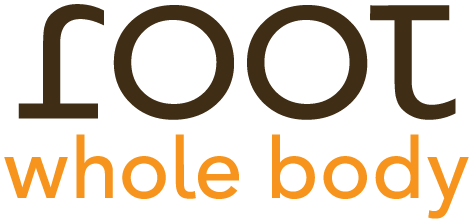 Many people do not know that the FDA classifies personal care products, such as deodorants, shampoos, and skin care, but it does not regulate them. Almost 80 years ago, the FDA granted self-regulation to the Cosmetics, Toiletries, and Fragrance Association, as scary as that is. The direct result is that the industry is not held very accountable by anyone, and they put products on the market that are full of known toxins.
Many people do not know that the FDA classifies personal care products, such as deodorants, shampoos, and skin care, but it does not regulate them. Almost 80 years ago, the FDA granted self-regulation to the Cosmetics, Toiletries, and Fragrance Association, as scary as that is. The direct result is that the industry is not held very accountable by anyone, and they put products on the market that are full of known toxins.
We aren’t talking about mild toxins, which would be bad enough – the skin and hair care products that are filling the shelves nowadays are made from things that are known to cause birth defects, neurotoxicity, and many forms of cancer. But because these ingredients are cheap and readily available, and make the companies a lot of profit, so most companies don’t seem to think twice about using them.
Most cleaning products will contain Sodium Lauryl or Laureth Sulfate, which is rapidly absorbed directly into the bloodstream and retained in the eyes, brain, heart and liver. It is interesting to know that SLS is also used in car garages as a powerful degreasing agent – is that really what you need to be putting on your sensitive skin just because it is a cheap ingredient for companies to use? Among other things such as disrupting the endocrine system and causing some forms of cancer, it also blocks choline absorption, which is mandatory for healthy brain development.
Another doozie to look out for is propylene glycol. Oh, the irony… although it shows up in many shampoos and cleansers, on its material safety data sheet it warns that it should not come into contact with human skin. Propylene glycol is commonly used in engine coolants and antifreeze, paints and varnishes, and tire sealants. It has been known to cause liver damage and kidney abnormalities.
There is so much information online, you really should take the time to research what you are putting on and into your body. To start, here is a simple list of ingredients that you should avoid at all costs: butyl acetate (found in nail polish), parabens, cocamide DEA/lauramide DEA, methyl or ethyl ANYTHING, diazolidinyl urea, or butylated hydroxytolune.
If someone handed you a bottle of a funny colored liquid, and told you it contained a little aluminum chlorohydrate, some triethanolomene, all mixed up with some petroleum based mineral oil, would you drink it? (But what if they made it a pretty shade of gold and had it smelling like yummy vanilla beans?) Would you give it to your kids to drink? Obviously not! You need to realize that by putting it on your skin, it indeed does still go into your body. In fact, it goes straight into your bloodstream, without the chance to get broken down and filtered out by the liver and kidneys.
Basically, if you can’t pronounce it or you can’t picture what that product looks like in nature, it should be a red flag. Some of the best skin and hair care products are the most simple – think organic coconut oil, or rosehip oil. A simple castile soap does wonders for cleansing, and works for even the most sensitive skin. Toothpaste can be made of baking soda and sea salt, with some crumbled mint thrown in for a fresh taste.
With cancer on the rise (who doesn’t know someone with cancer nowadays?), it’s time to start seriously questioning why our generation and even young babies are having to experience the disease in intensities and quantities that no generation before them had to endure. While there are countless carcinogenic toxins in the environment, it makes sense to try to drastically limit the ones that you have control over. It is one thing to unknowingly use carcinogenic products…but information is power and now you know. Go clean out your cupboards today and start taking better care of yourself and those you love.

